History of Rubber
1000 BC – 500 BC
The first known use of rubber was by the Olmec, the first major civilisation in Mexico. They used natural latex from the Hevea tree to make rubber used to make balls for a Mesoamerican ballgame.
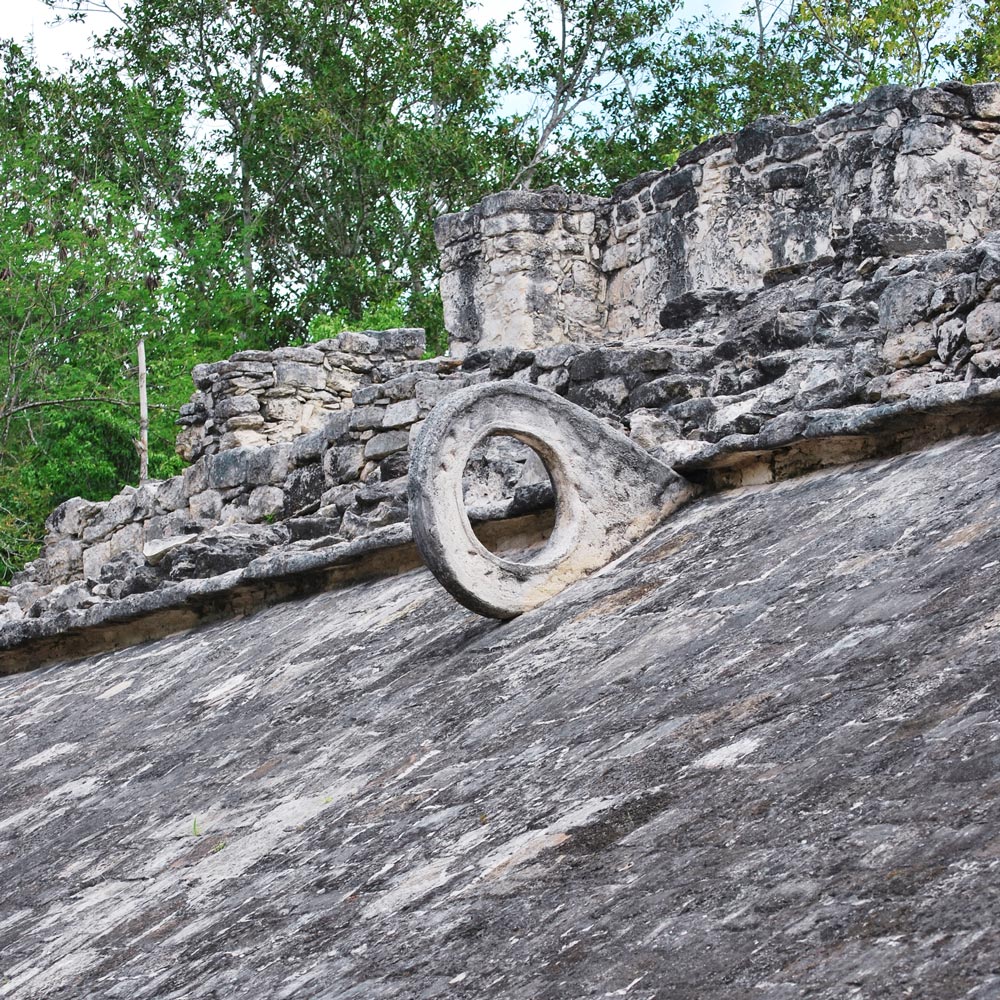
1000 BC – 300 AD
The first known use of rubber was by the Olmec, the first major civilisation in Mexico. They used natural latex from the Hevea tree to make rubber used to make balls for a Mesoamerican ballgame.
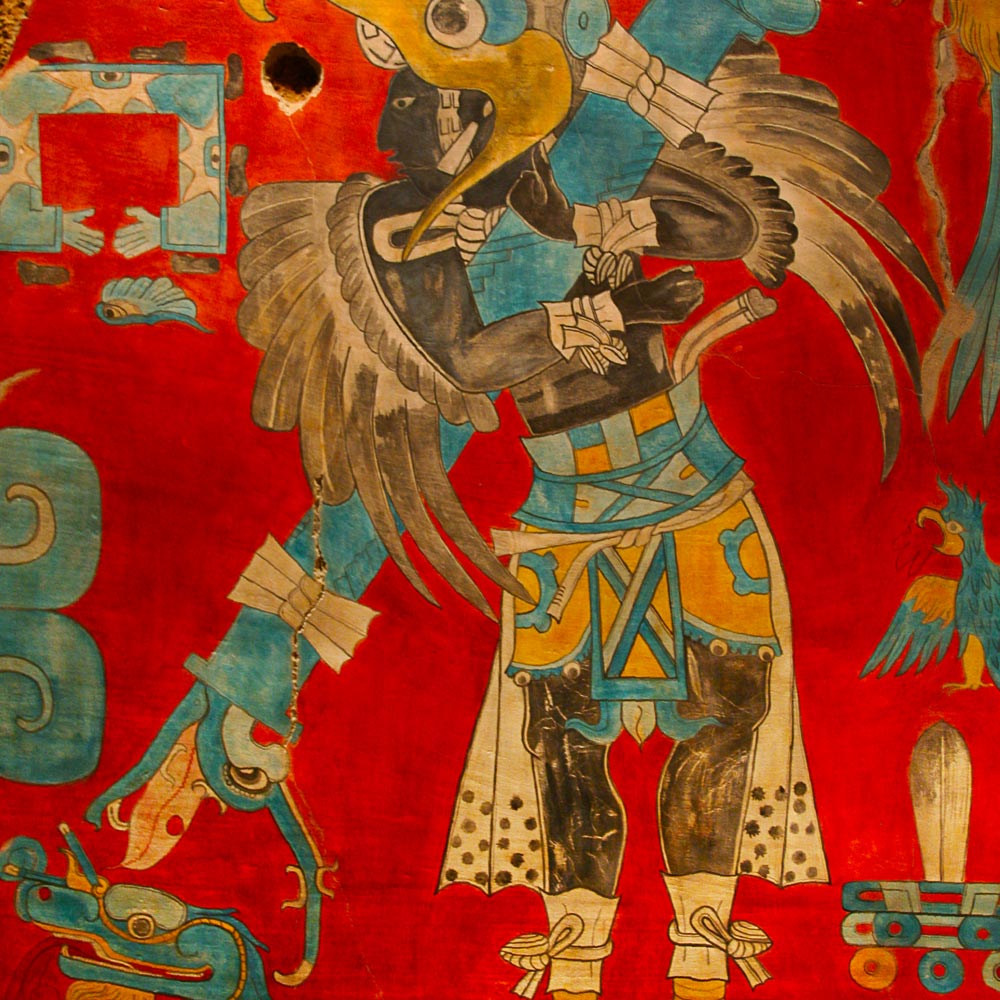
1736
Charles Marie de La Condamine introduces samples of rubber to the Académie Royale des Sciences of France.
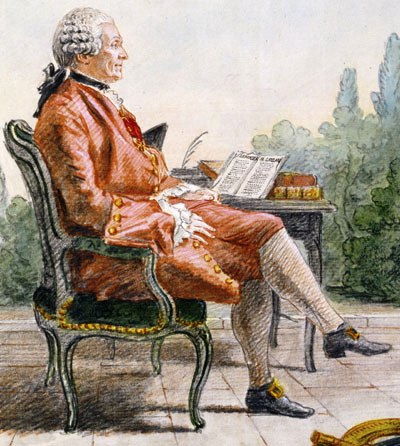
1751
First scientific paper outlining many of rubber’s properties was published.

1839
Charles Goodyear develops vulcanisation.
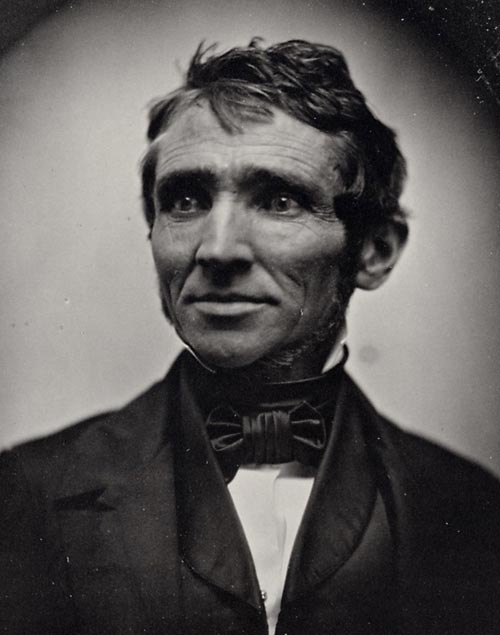
1800 – 1900
As rubber is increasingly used for a wide range of applications such as hoses, belts, gloves, matting, and leisure goods.

1875
Rubber trees are planted across the world including South East Asia which would become the world’s biggest producing region.
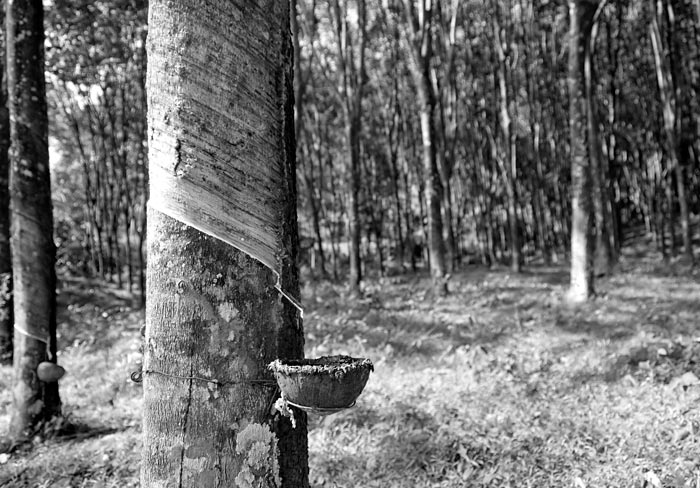
1900
With the invention of the automobile in the late 19th century, the rubber boom began, and the automotive industry remained entirely dependent on natural rubber for its tyres and other components until World War II.
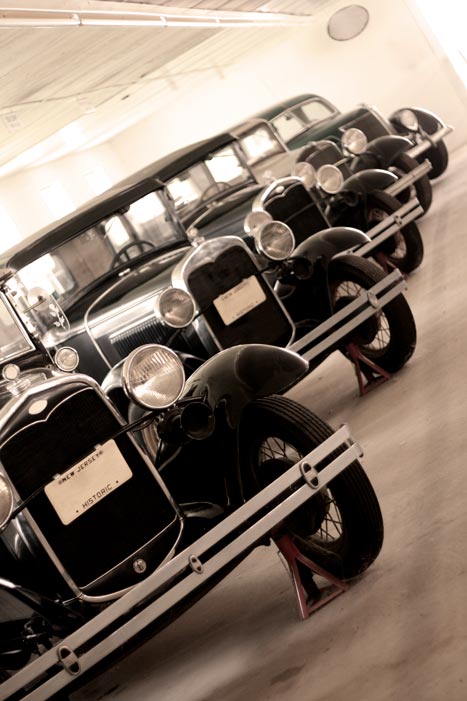
1923
Although synthetic rubbers had been produced before their qualities were inferior to natural rubber. In the 1920s the first large scale synthetic rubber plant was built using potatoes and limestone as raw materials.

1939 – 1945
World War II created an immense demand for rubber which was produced synthetically at very large scale in several countries.
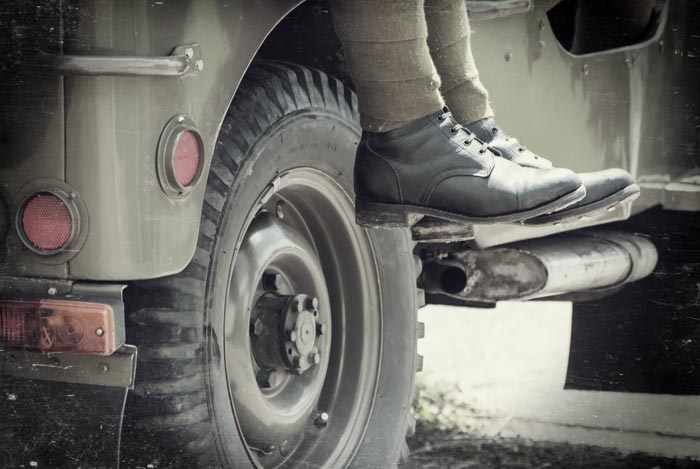
1945 – Today
Scientific advances perfect synthetic rubber making it more resistant and durable. Rubber chemicals have continuously evolved to improve production and the quality of rubber products.
